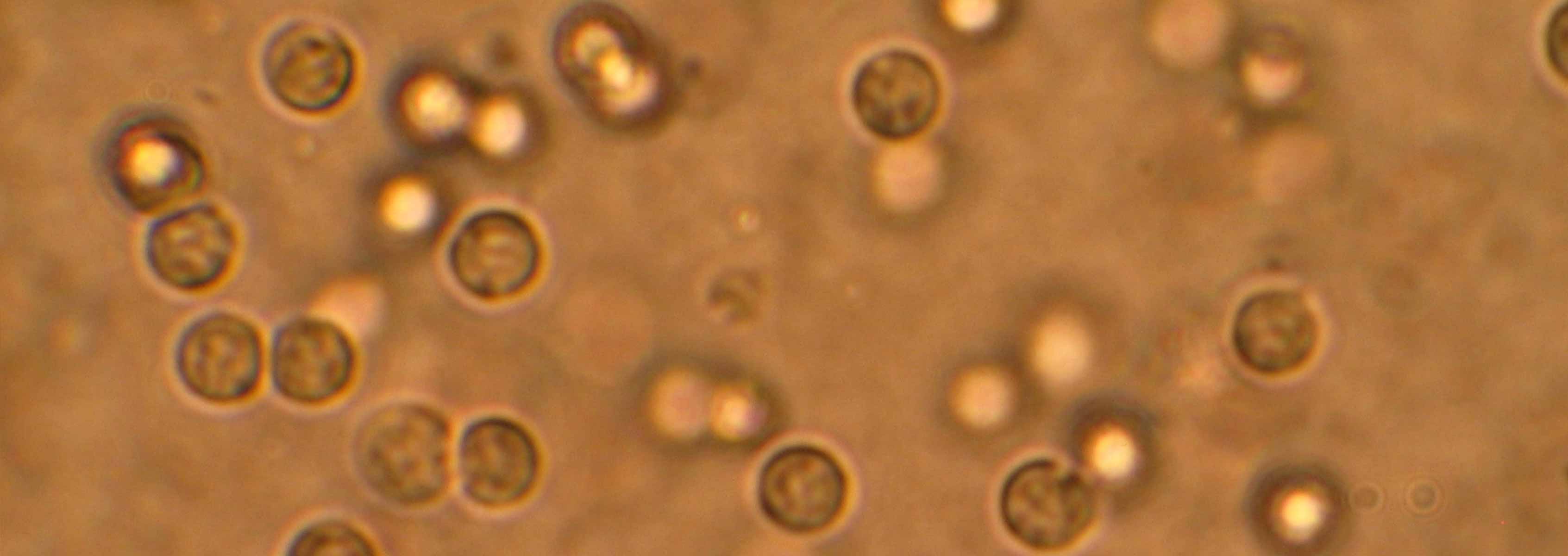Asymptomatic Bacteriuria: Microbiome and Metaproteome

Clinical dogma is that healthy urine is sterile and the presence of bacteria with an inflammatory response is indicative of urinary tract infection (UTI). Asymptomatic bacteriuria (ABU) represents the state in which bacteria are present but the inflammatory response is negligible. Differentiating ABU from UTI is diagnostically challenging, but critical because overtreatment of ABU can perpetuate antimicrobial resistance while undertreatment of UTI can result in increased morbidity and mortality. We studied key characteristics of the healthy and ABU urine microbiomes utilizing 16S rRNA sequencing and metaproteomics, with the future goal of utilizing this information to personalize the treatment of UTI by more accurately differentiating ABU from UTI.
A cross-sectional study of 26 healthy controls and 27 healthy subjects at risk for ABU due to spinal cord injury-related neuropathic bladder (NB) was conducted. Of the 27 subjects with NB, 8 voided normally, 8 utilized intermittent catheterization, and 11 utilized indwelling Foley urethral catheterization for bladder drainage. Urine was obtained by clean catch in voiders, or directly from the catheter in subjects utilizing catheters. Urinalysis, urine culture and 16S rRNA gene sequencing were performed on all samples, with metaproteomic analysis performed on a subsample.
A total of 589,454 good 16S rRNA sequence reads were processed through a NextGen 16S rRNA pipeline. Urine microbiomes differ by normal bladder function vs. NB, gender, type of bladder catheter utilized, and duration of NB. Ten bacterial taxa showing the most relative abundance and change among samples were identified. Metaproteomics confirmed the 16S data and functional human protein-pathogen interactions were noted in subjects where host defenses were initiated. Moreover, different taxa were found to be differentially predominant between men and women.
Counter to clinical belief, healthy urine is not sterile. The healthy urine microbiome is characterized by a preponderance of Lactobacillales in women and Corynebacterium in men. The presence and duration of NB and method of urinary catheterization alter the healthy urine microbiome. An integrated approach of 16S gene sequencing with metaproteomics improves our understanding of healthy urine and facilitates a more personalized approach to prevention and treatment of infection.
Funding
The work was supported in part by the J. Craig Venter Institute and in part by NIH grant NCMRR/NINDS 2R24HD050846-06 (NCMRR-DC Core Molecular and Functional Outcome Measures in Rehabilitation Medicine, and grant # UL1RR031975 from the National Center for Research Resources (NCRR) and the National Center for Advancing Translational Sciences (NCATS), National Institutes of Health (NIH), through the Clinical and Translational Science Awards Program (CTSA), a trademark of DHHS, part of the Roadmap Initiative, "Re-Engineering the Clinical Research Enterprise.